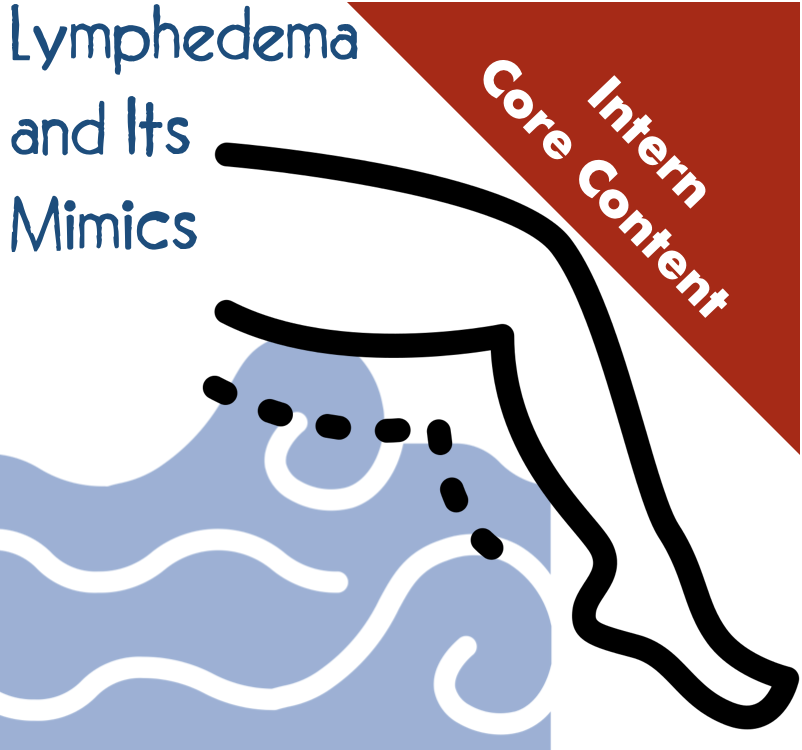Fearsome Foliage - An Overview of Toxic Plants
/Spring has sprung... and so have many species of toxic plants! Poison centers across the United States receive over 100,000 reports of exposures to toxic plants annually. It is often difficult for Emergency Medicine providers to determine the quantity and time of exposure. Plant identification presents another challenge, and can even require the input of a botanist. Now that is an interesting consult! Thankfully, some of the more common and/or dangerous plant poisonings have been well-categorized, and are summarized in this post.
Read More


















